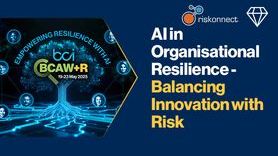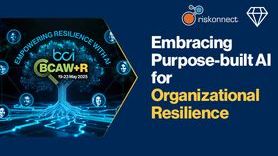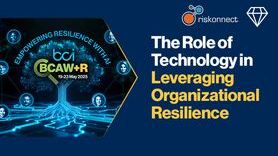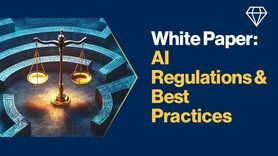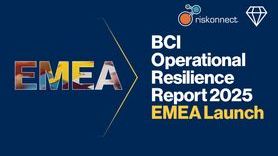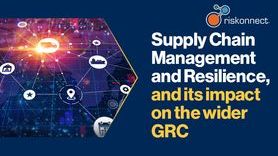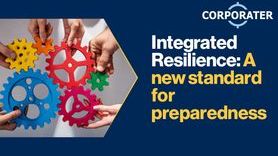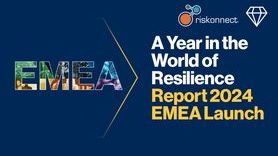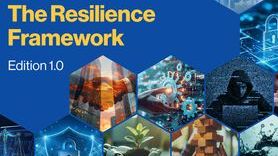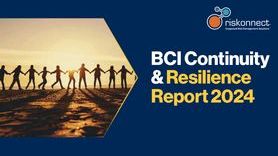FEMA seeks feedback on National Resilience Guidance
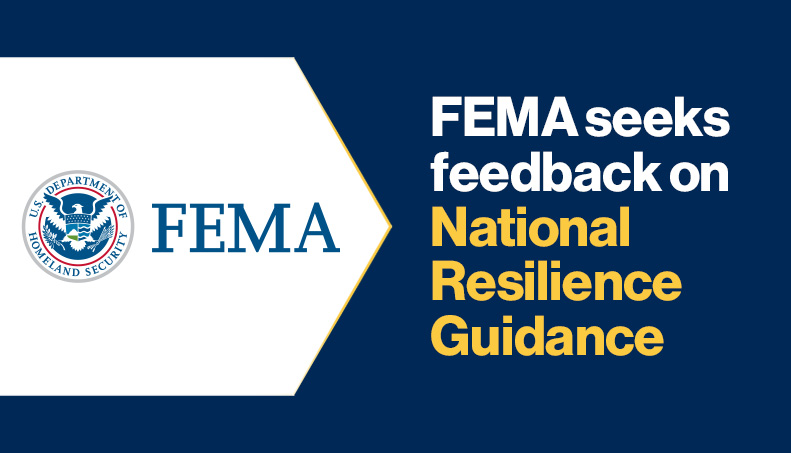
On 23rd April, the United States’ Federal Emergency Management Agency (FEMA) began seeking feedback on its draft National Resilience Guidance[1].
Community stakeholders can now view the draft guidance and share comments with the agency before the final version is published in the summer of this year – with the deadline for feedback closing on 23rd May.
The guidance
The guidance has been designed with the intention to increase community and national resilience through a few key steps:
- Promoting a common understanding of resilience.
- Emphasising the relationship between chronic community stressors and shocks – the terminology used within the guidance to respectively indicate both chronic factors which may weaken a community over time and those factors which may occur within a short duration but cause a disruption to the daily life of a community.
- Addressing the roles of all stakeholders.
- Providing an actionable approach to resilience planning and implementation.
- Incorporating a community resilience maturity model[2].
It is clear that FEMA are keen to show how building resilience is a whole-of-society endeavour. Indeed, the agency held more than 80 meetings with federal and non-federal partners, as well as ‘listening sessions’ with more than 1000 participants from across the whole community (i.e. viewpoints from those from across various disciplines, sectors, levels of government, communities, and individuals).
“Addressing resilience from only one perspective or through only one lens will not be successful. Equally true is the need to consider the interdependence of all facets of resilience such as climate, ecosystem, social, economic, infrastructure, and disaster resilience,” says FEMA in its call for feedback[3].
While still in its draft form, it is important to note that the content of the guidance sets out to be a high-level overview of resilience while not being specific to any resilience adjacent disciplines or the typical practices of prevention, mitigation, and recovery that are the building blocks of these disciplines.
Instead, some of the areas it explores include how to engage people in the effort to build resilience, how to strengthen resilience through policy, how to finance resilience programmes, and how to measure their success.
Finally, it concludes with a resilience maturity model which outlines several factors that show how the maturity of resilience efforts in the community can be measured, starting from an ‘ad-hoc’ process to a ‘integrated’ approach. These factors (leadership, decision-making, policies and projects, etc) each show how the growth of resilience efforts from an informal, disconnected way of working to a structured and collaborative approach.
BCI USA Chapter
“This is a remarkable opportunity for us as resilience practitioners to help shape comprehensive community resilience, using our experience and expertise. We strongly encourage BCI USA Chapter members to review the draft and submit feedback by May 23rd 2024,” says Melissa Mack MBCI, leader of the BCI USA Chapter.
Citations
[1][2][3] https://www.fema.gov/emergency-managers/national-preparedness/plan/resilience-guidance














